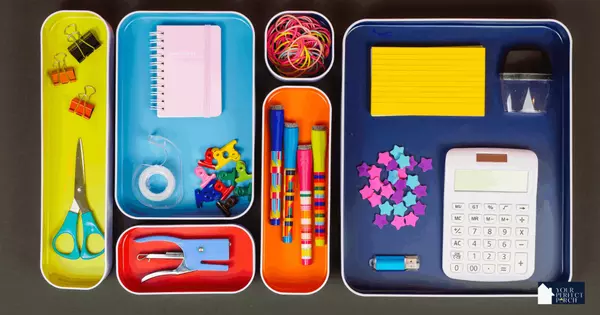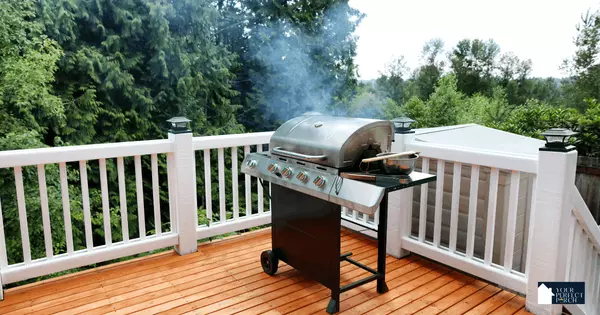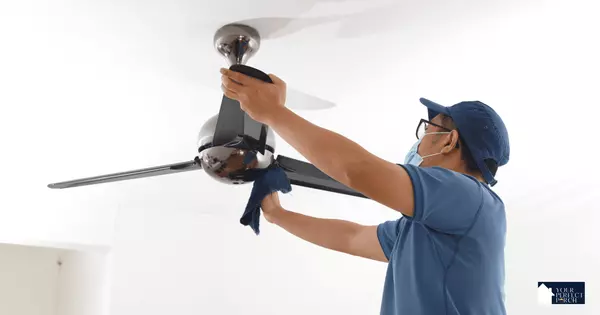Avoid These Common Painting Mistakes to Elevate Your DIY Project
Embarking on a DIY painting project can be as daunting as it is exciting. The difference between an amateur and showroom-quality finish often lies not in the paint chosen, but in the mastery of technique and the quality of the tools used. Whether you're refreshing a beloved space or giving new life to an old piece of furniture, knowing the insider tricks of the trade can transform your project from a weekend task to a professional masterpiece.
1. Choosing the Right Tools for the Job
A flawless paint job begins with the right applicators. Investing in high-quality brushes and rollers is essential, especially if you've chosen premium paint. Quality tools not only ensure a smooth application but also prevent annoying issues like brush hairs or roller lint stuck beneath the paint's surface.
2. Proper Surface Preparation Is Key
Before you dip your brush into the paint, make sure the surface is ready. Repair work should be completed to ensure the walls are smooth, clean, dry, and free from debris. This step is crucial for a seamless finish, making any repair work underneath virtually undetectable.
3. Optimal Paint Application Techniques
A common misstep is stretching a single dip of paint too far. Overworking the paint leads to uneven coverage and can damage your tools, with paint drying in the bristles of your brush or matting the roller. To maintain a consistent finish, reload your tool at the first sign of paint thinning.
4. Managing Breath Control
Your breathing can influence the precision of your paint strokes, especially when working on edges or detailed areas. By controlling your breath, either holding it or exhaling slowly, you can achieve steadier hand movements and sharper lines.
5. Preventing Paint from Drying Out
To make touch-ups a breeze, it's vital to store paint correctly. For water-based paints, place clear plastic wrap directly on the paint's surface before sealing the can to prevent drying. For oil-based paints, a half-inch layer of water over the surface can preserve its consistency.
Categories
Recent Posts










GET MORE INFORMATION

